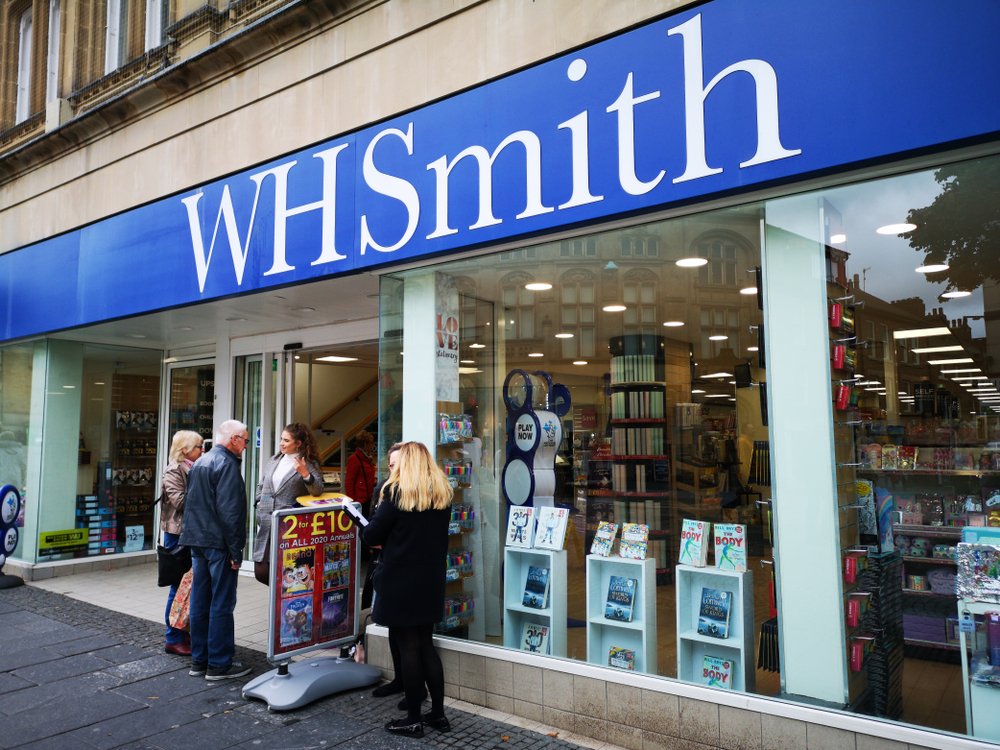As retailers released their December trading statements earlier this month, we saw that as a whole, retail sales increased but shoppers are continuing to be cautious in their spending. Despite consumer confidence increasing in the months running up to Christmas, the fact remained that, with inflation outstripping the pace of wage growth in 2013, shoppers had – and continue to have, less disposable income to spend. They are now an army of sophisticated shoppers in their approach – investing primarily where they perceive genuine value, and waiting for retailers with a track record of discounting to put up the red tickets.
Within this challenging trading environment, we have seen significant polarisation in performance. Retailers like Next and John Lewis, with their clear promotional strategies, strong product and leading multi-channel offers performed well. Likewise specialists with desirable ranges, distinct positioning and excellent customer service (including Kurt Geiger, The Fragrance Shop and Ted Baker), reported robust trading. In general merchandise it was large players M&S and Debenhams that failed to deliver – both of whom aggressively discounted before Christmas. The result – a move which seemly failed to deliver necessary volume uplifts, suggested areas of weakness in ranges and possibly fragmented spending among shoppers to a wider selection of more specialist retailers.
The most alarming of this year‘s results came from the biggest food retailers. Sainsbury‘s reported marginal (0.2 percent) like-for-like growth, and Tesco and Morrisons saw their same store sales fall by 2.4 percent and 5.6 percent respectively. In part this could be attributed to a flat market performance, but the big four have also needed to contend with growing competition at both the top and bottom ends of the market. Discounters Aldi and Lidl continued to storm ahead, benefiting from growing store numbers and improving shopper perceptions. At the other end of the spectrum Waitrose and, to some extent, M&S Food enjoyed uplifts as many shoppers traded up for their main Christmas shop.
Campaign themes
With the Christmas 2013 advertising campaigns taking on a more aspirational stance than in 2012, the suggested air of cautious optimism fell flat when many retailers to failed to hold their nerve and took to discounting earlier than usual. It‘s a rocky tactic to employ as it has the potential to “re-set” shoppers mind-set about when to make a purchase – whether to hang on a bit longer for the early discount and hold off buying presents. It‘s something retailers need to consider carefully as shoppers will remember their strategies for next December. It can be a toxic profit-eroding cycle for those retailers involved.
Multichannel was another major theme at Christmas with official figures showing a strong rise in the proportion of Christmas sales made over the internet, while retailers across the board have reported sharp uplifts. The proliferation of click and collect services, improved retailer websites and growing shopper use of smartphones and tablets all helped boost online sales. The convenience offered by multichannel also fuelled growth. Crucially it was the retailers that delivered the most seamless multichannel offer that performed best.
Social media played an increasingly important role this year. Growing activity on Facebook, Twitter, YouTube and Pinterest provided inspiration and ideas, and directed shoppers to stores and transactional websites. Notably we saw a maturity of social media this year, with activity more closely aligned and integrated with broader marketing strategies and less focused on PR generating gimmicks. Activity via social media was also closely linked with TV advertising and use of twitter hashtags and previews of adverts on YouTube had retailers such as John Lewis and Sainsbury‘s seeing their ads go viral and trendi
RELATED STORIES

















